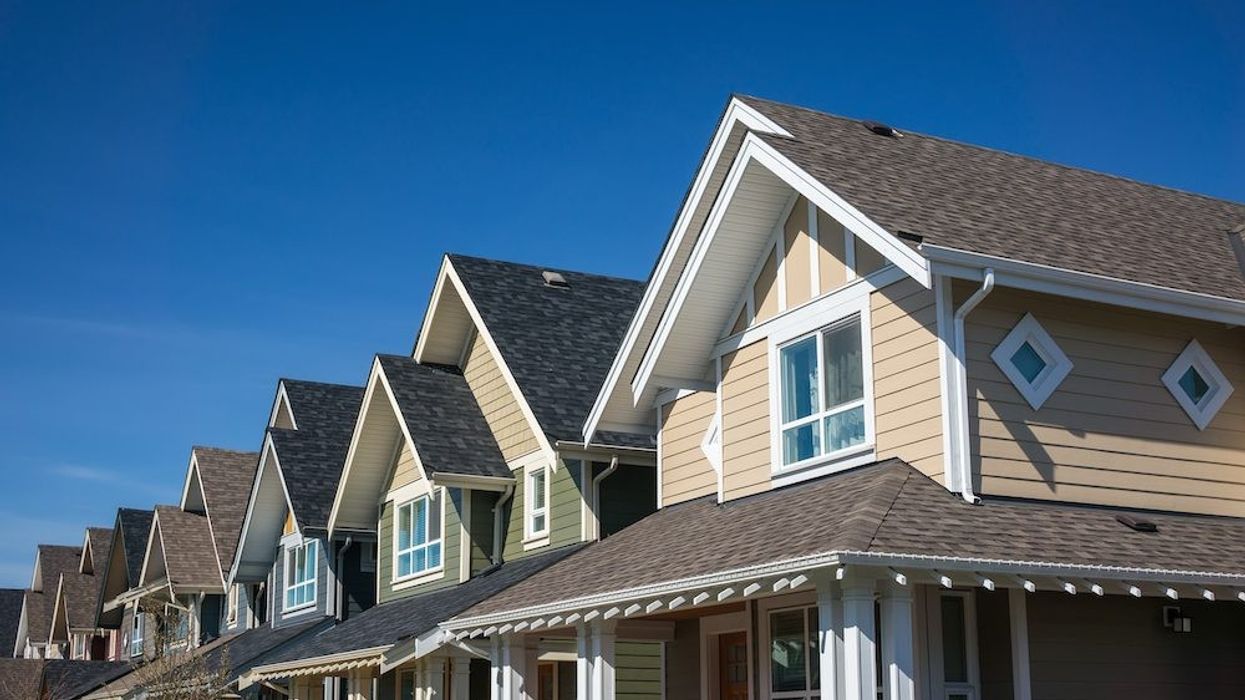As the Bank of Canada continues to hike its trend-setting policy interest rate, the cost of borrowing for variable-rate mortgage holders rises in tandem. Now, a number of these borrowers could be facing down their “trigger rate”, when their monthly payments have increased to the point that they only cover the mortgage’s interest, with nothing going toward the principal debt.
In a bank earnings conference call, Neil McLaughlin, the head of Royal Bank of Canada’s personal and commercial banking department, said the lender anticipates “about 80,000 mortgages” will hit this point over the next several months, should the BoC continue its hiking trajectory.
It’s widely anticipated that the central bank will administer at least 75 basis-points-worth of increases before it achieves its neutral range of around 3.25%, with another rate bump assured in its September 7 announcement. The policy rate currently sits at 2.5%.
However, as McLaughlin points out, while a considerable number of borrowers could be impacted by their trigger rate, the hit should be minimal, with “an average increase” of $200.
As well, less than a third of RBC’s renewable mortgage balances will mature before 2025, “providing flexibility afforded with time,” stated an investor slide presented on the call.
“Those benefits include wage and income inflation, principal amortization and “proactive client outreach.”
READ: Higher Interest Rates “Hardly Fatal” For Household Debt: CIBC
Variable mortgage rates soared in popularity over the course of the pandemic, as the BoC kept its policy rate at a record low of 0.25%. As a result, as of this February, rates as low as 1.3% could be found at the most competitive lenders.
That spurred an uptick in floating-rate debt, especially as housing prices soared; data from the Canada Mortgage and Housing Corporation finds 53% of Canadians who took out a mortgage in the second half of last year chose variable, compared to 34% in the first half of 2021.
However, today’s rates are now in the 4.3% range, and floating-debt borrowers have been directly exposed to that increase, whether through higher monthly payments, or less going toward their mortgage principal.
But, as McLaughlin pointed out on RBC’s call, fixed mortgage rates remain the dominant rate type in the Canadian marketplace, which helps reduce -- or prolong -- the shock of higher rates on the economy. He stated that as the majority of the bank’s borrowers are locked into fixed rates, they’ll only need to contend with a higher interest rate environment at renewal time.
The Semi-Annual State of the Housing Market report from Mortgage Professionals Canada states that 66% of current mortgage holders have a fixed rate. According to a survey conducted by the organization, 26% of respondents reported having a variable rate, an increase from 21% last year. The MPC study also found that 37% of mortgage holders will need to renew within the next two years and “will likely renew at higher rates.”
However, several prominent mortgage analysts are raising the red flag when it comes to the impact hitting the trigger rate will have on borrowers.
“This ain't a good thing,” said Ron Butler, mortgage broker at Butler Mortgages, in a tweet earlier today. “Imagine making mortgage payments for five years, the [sic] mortgage renewal date hits and the borrower has a triple disaster. Your mortgage amount increased. Amortization had to go from 30 years to 25 years. All available rates have greatly increased since you first bought the home. Sweet Jaysus, worst possible outcome.”





















